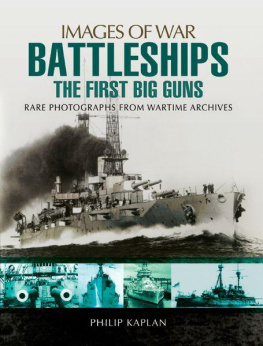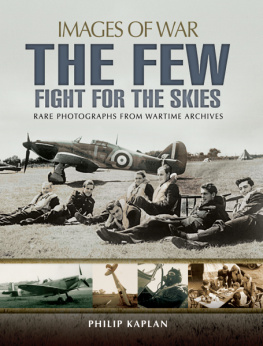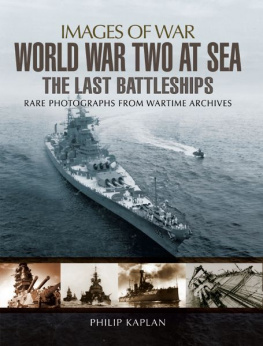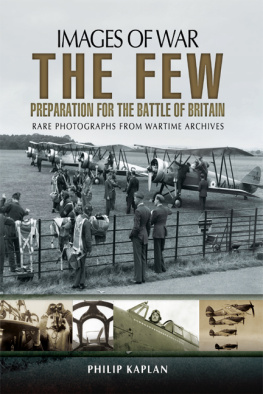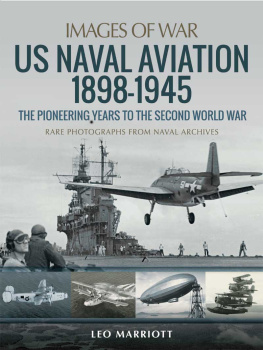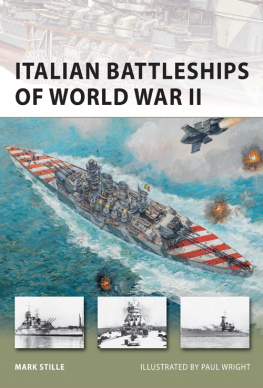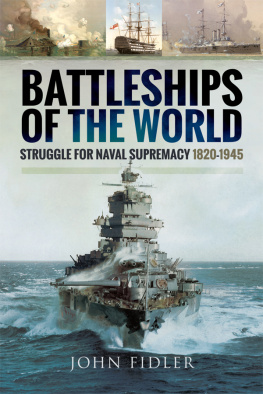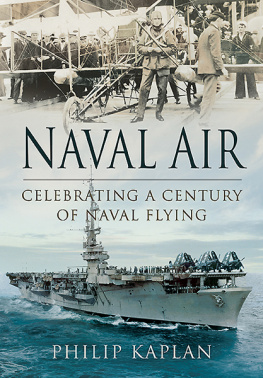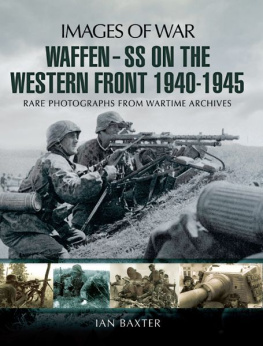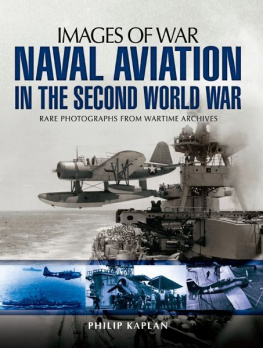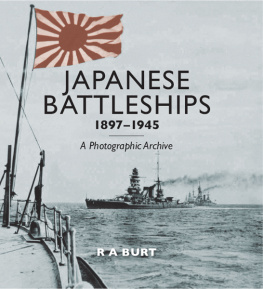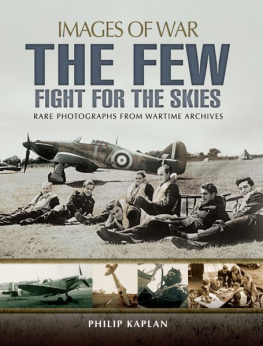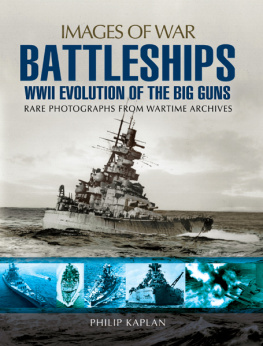
First printed in Great Britain in 2014 by
Pen & Sword Maritime
an imprint of
Pen & Sword Books Ltd.
47 Church Street
Barnsley,
South Yorkshire
S70 2AS
A CIP record for this book is available from the
British Library.
PAPERBACK ISBN: 978 1 78 346 2933
PDF ISBN: 978 1 47 383 6846
EPUB ISBN: 978 1 47 383 5085
PRC ISBN: 978 1 47 383 5962
The right of Philip Kaplan to be identified as
Author of thisWork has been asserted by him
in accordance with the Copyright, Designs and
Patents Act 1988.
All rights reserved. No part of this book may be
reproduced or transmitted in any form or by any
means, electronic or mechanical including photocopying,
recording or by any information storage
and retrieval system, without permission from
the Publisher in writing.
Printed and bound in England
By CPI Group (UK) Ltd. Croydon, CR0 4YY
Pen & Sword Books Ltd incorporates the
Imprints of Pen & Sword Aviation, Pen & Sword
Family History, Pen & Sword Maritime, Pen &
Sword Military, Pen & Sword Discovery,
Wharncliffe Local History, Wharncliffe True
Crime, Wharncliffe Transport, Pen & Sword
Select, Pen & Sword Military Classics, Leo
Cooper, The Praetorian Press, Remember
When, Seaforth Publishing and Frontline
Publishing.
For a complete list of Pen & Sword titles please
contact Pen & Sword Books Limited
47 Church Street, Barnsley, South Yorkshire, S70
2AS, England
E-mail:
Website: www.pen-and-sword.co.uk
Contents
Reasonable efforts have been made to trace the copyright holders of all material used in this book. The author apologizes for any omissions. All reasonable efforts will be made in future editions to correct any such omissions. The author is grateful to the following people for the use of their published and/or unpublished material, and for their kind assistance in the preparation of this book: Charles Addis, Tony Alessandro, Robert Bailey, Malcolm Bates, Quentin Bland, Tony Briscomb, Charles Brown, Phoebe Clapham, Jack Delaney, Keith De Mello, Roger Ebert, Herb Fahr, Gary Fisher, Michael Fiske, Ella Freire, Oz Freire, Joseph Gilby, HMS Drake Photo Section, Mike Holloman, Eric Holloway, Tony Iacono, Jan Jacobs, Albert Lee Kaiss, Hargi Kaplan, Margaret Kaplan, Neal Kaplan, John Keegan, Richard Landgraff, Henry Leach, Maynard Loy, Eric Marsden, Ted Mason, Judy and Rick McCutcheon, Richard McCutcheon, Rita McCutcheon, James McMaster, Matilda McMaster, David Mellor, Richard Minear, Robert Oelrich, Ted Pederson, Harold Porter, Robert Sambataro, John Shelton, Christy Sheaff, Doug Siegfried, Mike Sizeland, Robert Shultz, Ian Smith, Mark Stanhope, Mark Thistlethwaite, Andrew Toppan. Please see for additional acknowlegments.
The First Battleships

A battleship gunners mate writing a letter to a loved one.
Battles have been fought at sea for thousands of years, but naval warfare entered a new era in the late fifteenth century, when cannon became the principal armament of warships. From this period until the second half of the nineteenth century, when steam supplanted sail in the worlds navies, naval tactics were dominated by the line of battle. This formation, consisting of a line of ships sailing, parallel with or at an angle to a similar line of opposing ships, enabled the rows of guns along the ships side to bring maximum firepower to bear on the enemy. A ship that was big and powerful enough to take its place in the line of battle was called a ship of the line or a battleship.
Ships of the line might vary significantly in size and armamentin Lord Nelsons navy they might carry anything between seventy-four and 120 gunsbut they were all signficantly superior to frigates, sloops, brigs and the other lesser craft; they were all what navies later came to call capital ships.
Preserved in the historic Naval Dockyard at Portsmouth, England, are three examples of capital ships, one from the beginning of the age of classical naval warfare, one from its zenith and the third from the point when steam began to eclipse sail. The Tudor Mary Rose, the oldest of these, was commissioned in 1509 by King Henry VIII, as the first real warship of the young Royal Navy. Named after the Kings favourite sister, Mary Rose was launched at Portsmouth in 1511 and became the flagship of the Royal Navy. She was 127 feet long at her waterline, with a beam of thirty-eight feet and a draught of fifteen feet. Her ultimate displacement, after being refitted, was 727 tons.
Mary Rose was constructed of oak and elm and armed with muzzle-loading guns made of cast bronze and breech-loading guns of wrought-iron. In order to ensure that her guns were made to the highest standard of the day, the king imported the finest gun-founders from France. Her armament also included a large number of skilled bowmen whose task was to kill the crewmen of enemy vessels. She was normally manned by a crew of between 300 and 400.
Unlike most fighting ships of the time, the Mary Rose was designed specifically as a warship. Mindful of her role as a defence against Englands potential enemies, which included France and Scotland, the king himself specified how she was to be equipped; the result was an innovative vessel which can legitimately be described as a prototypical battleship. Rather than having her guns mounted mainly on the castles at either end of the hull like her predecessors, her designers pioneered the use of big guns down a row each side of the hull near the waterline, enabling her to fire broadside barrages at enemy vessels. In another break from tradition, her planking was positioned edge to edge, in a Carvel-type construction, rather than being overlapped. This technique made for a much more watertight hull.
In 1512 the Mary Rose took part in her first battle. In September of the previous year the Pope and the King of Aragon had entered into an alliance against Louis XII of France. In January 1512, the English Parliament voted to ally the country with Spain and preparations were made for Mary Rose to sail as flagship of Admiral Sir Edward Howard. On 10 August that year she led twenty-five other warships in an attack on the French fleet at Brest, which Admiral Howard estimated at 222 ships. He immediately attacked the French flagship, the 790-ton Grande Louise. At the end of the two-day raid, Howard returned to Portsmouth in triumph, having captured thirty two French vessels and 800 seamen.
Mary Rose campaigned effectively for the king through the subsequent years during which Henry devoted much money and effort to fortifying his coastal approaches against attack by the French. At Portsmouth an enormous chain boom extending to the Gosport shore, to seal off the harbour entrance was installed. In a two-month campaign against France in 1544, English forces captured the port of Boulogne, tightening their control over the Channel. By spring of 1545, however, Henry faced the prospect of a major French attack on Portsmouth, his principal naval base on the south coast, which was intended to destroy Henrys warships and other vessels in their anchorage, and to sever English supply lines to Boulogne. On 18 July, the French fleet anchored in St Helens Roads near the Isle of Wight. As the commander-in-chief of his forces, the king waited at Portsmouth for the threatened French landings. His fortifications there included the Square and Round Towers which oversaw the deepwater channel, and the gun batteries of Southsea Castle. Treacherous shallows near the harbour posed an additional hazard to the enemy ships.
Next page
